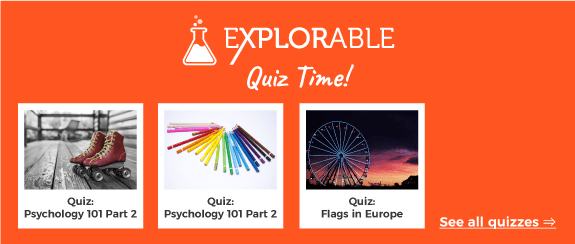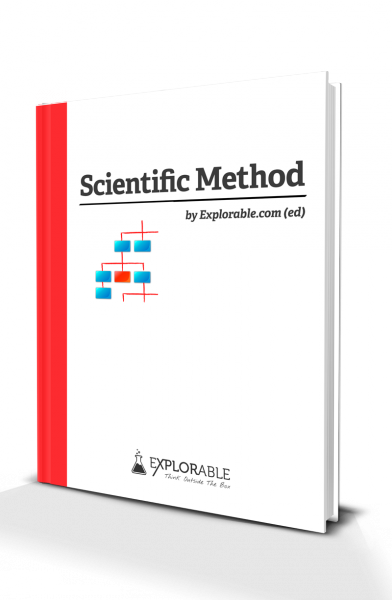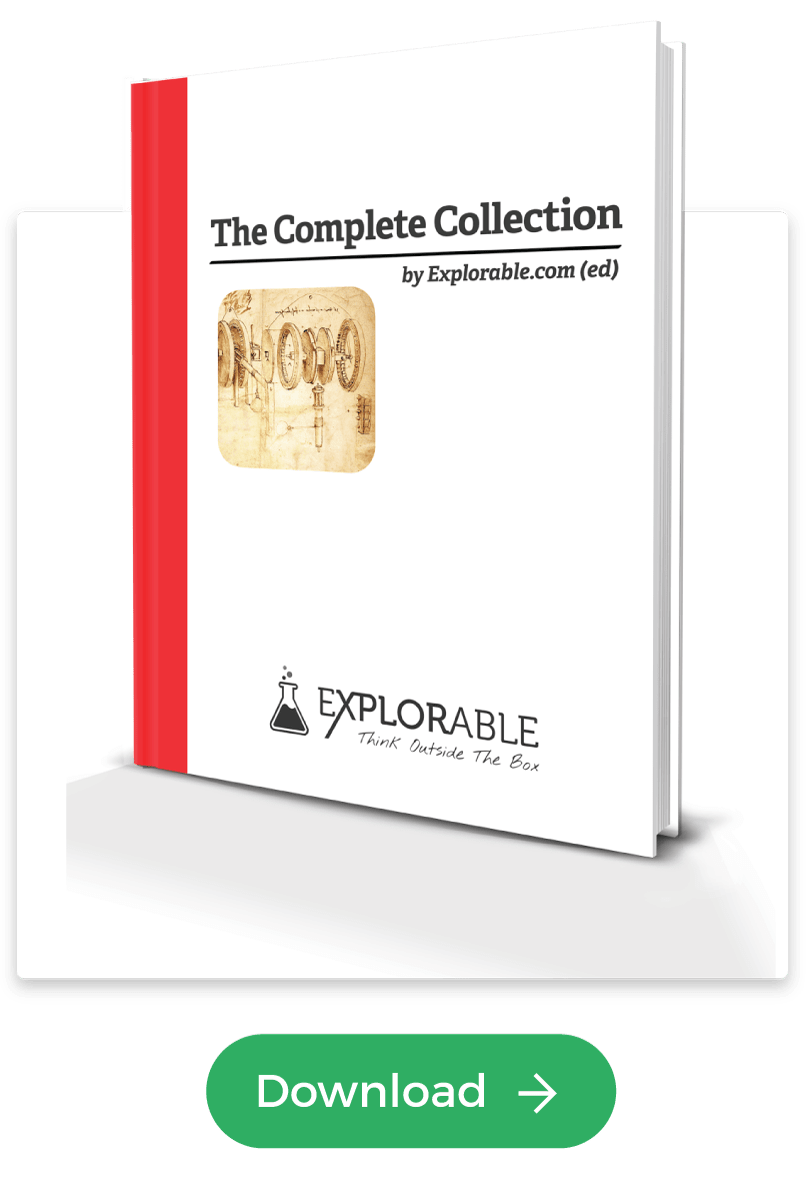- Home >
- Scientific Method
Scientific Method
How Knowledge is Made
How Knowledge is Made
- formulating questions
- collecting data
- and testing hypotheses
This article is a part of the guide:
Browse Full Outline
- 1Scientific Method
- 2Formulate a Question
- 3Collect Data
- 4Test Hypothesis
- 5Conclusion
- 6Overview

Steps
The steps of research by the scientific method can be summarized like this:

1. Formulate a Question
- Define the Question
- Review the Literature
- Create a Hypothesis
Research starts with a question or assumption you have on a real world phenomenon. Narrow it down to a research question that defines what you want to figure out and review the research and literature already done on that subject. With an understanding of your subject and a well defined question you form an hypothesis that will be tested against an opposite assumption called the null hypothesis.
- How to define a research problem
- How to formulate your research question for a paper
- How to write a Hypothesis for your paper
2. Collect Data
- Preparation: Make Hypothesis Testable (Operationalization)
- Preparation: Design the Study
- Conduct the Experiment or Observation
Operationalize the hypothesis to be both testable and falsifiable. Then design a study and construct a test or experiment to collect data. Be aware of validity when choosing variables, especially when studying people. You might not be measuring what you think you are measuring. Qualitative studies tends to have more open questions and hypotheses while quantitative research have an experimental approach focusing more on counting and classifying observations.
- How to write the methodology you used to gather data for your paper.
- How to make scientific observations
3. Test Hypothesis
- Organize the Data
- Analyse the Results
- Check if the Results Support your Hypothesis
Organize the data and analyze it to see if it supports or rejects your hypothesis. The exact type of test used depends upon many things, including the field, the type of data and sample size, among other things. The vast majority of scientific research is ultimately tested by statistical methods, all giving a degree of confidence in the results.
4. Conclusion
- Look for Other Possible Explanations
- Generalize to the Real World
- Suggestions to Further Research
When looking at your results it is important to be open for other possible explanations. Could the results you got be generalized to the real word? Maybe other variables explain the question better then the ones you chose for your hypothesis? Remember to consider experimental errors and problems with validity and reliability in your conclusion. If your assumption on what you studied was right and your hypothesis was supported by the test, you could consider if it fits in a bigger picture with other research that together could form a theory. If the hypothesis failed you could try to tweak it or make a new hypothesis, corrected with your newly analysed results and test again. Often the conclusion will lead you on to further hypotheses about the phenomenon that suggest a direction for more research by yourself or other scientists.
"Science is a verb"
"Homeopaths gets on my nervs with the old; - ‘well, science doesn’t know everything’ ... Science knows it doesn’t know everything ... or it’d stop."
Dara O’Briain
You might have come across the expression «science is a verb». This expression is an answer to the misconception of some people that science is mearly accumulation of static knowledge. But what we consider to be knowledge is under constant review and sometimes it changes. Science as a method of research make all theories subject to change with discovery of new evidence. New evidence create new explanations of phenomena, or substanciate the old theories and make us increasingly sure of their soundness.
Why use the Scientific Method?
Relevant pages:
What is Research?
How to define Research?
The scientific method is a standard on how to do research that aims to discover new knowledge. Research in the broadest sense of the word includes any gathering of data, information and facts for the advancement of knowledge, but doing science restricts the research to a method that is focused on getting accurate and, most often, narrow conclusions.
Having done research by the scientific method makes it transparent and explorable. All published results from this method is reviewed by scientists against other findings or explanations to see if it is valid, or retested to see if the results were reliable. This is why publishing and review of research is such a big deal for scientists.
“Somewhere, something incredible is waiting to be known.” (Carl Sagan)
Oskar Blakstad (Dec 6, 2012). Scientific Method. Retrieved Jan 11, 2026 from Explorable.com: https://explorable.com/scientific-method
You Are Allowed To Copy The Text
The text in this article is licensed under the Creative Commons-License Attribution 4.0 International (CC BY 4.0).
This means you're free to copy, share and adapt any parts (or all) of the text in the article, as long as you give appropriate credit and provide a link/reference to this page.
That is it. You don't need our permission to copy the article; just include a link/reference back to this page. You can use it freely (with some kind of link), and we're also okay with people reprinting in publications like books, blogs, newsletters, course-material, papers, wikipedia and presentations (with clear attribution).
Get all these articles in 1 guide
Want the full version to study at home, take to school or just scribble on?
Whether you are an academic novice, or you simply want to brush up your skills, this book will take your academic writing skills to the next level.
Download electronic versions:
- Epub for mobiles and tablets
- For Kindle here
- PDF version here
This article is a part of the guide:
Browse Full Outline
- 1Scientific Method
- 2Formulate a Question
- 3Collect Data
- 4Test Hypothesis
- 5Conclusion
- 6Overview
Footer bottom





